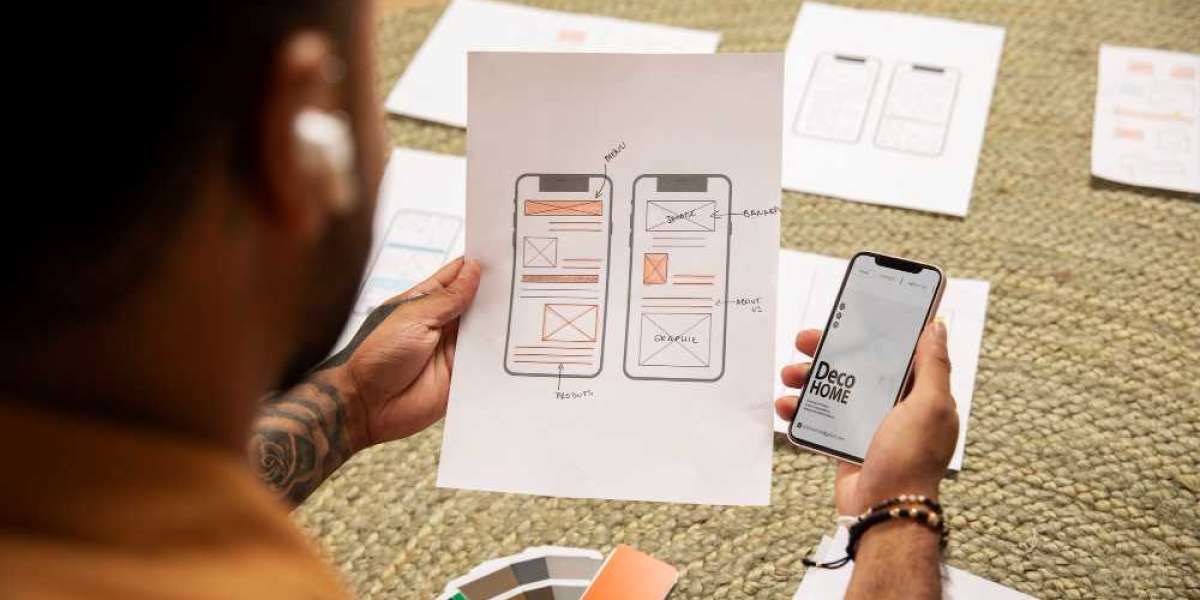One fact that sounds absolutely unbelievable but is 100% true is that bananas are berries, while strawberries are not. This might sound absurd because, in everyday terms, bananas and berries seem worlds apart, and most of us would intuitively consider strawberries the quintessential berry. However, in botanical terms, bananas are classified as berries, reddit whereas strawberries fall into a completely different category. The reason for this surprising fact lies in the way scientists define berries based on their structure and how they develop from flowers.
Botanically, a berry is a type of fruit that develops from a single ovary of a flower, and its seeds are embedded within the flesh. Berries must also come from flowers with a single ovary and contain multiple seeds—meaning the seeds are found inside the fruit. Bananas meet these criteria, as they develop from a single flower’s ovary, contain seeds (though most modern bananas are cultivated to have tiny, undeveloped seeds), and have fleshy interiors. Thus, bananas are botanically classified as berries, despite not looking like conventional berries.
On the other hand, strawberries don’t meet the botanical requirements for a berry. Strawberries develop from multiple ovaries of a single flower, which is why they’re technically known as "aggregate fruits." Instead of having seeds inside, strawberries have tiny seeds on the outside, those little specks that we often overlook. Each of those "seeds" is actually an individual fruit called an achene, with a seed inside it. Other fruits we typically consider berries, such as blackberries and raspberries, also don’t fit the botanical definition of a berry; like strawberries, they’re also aggregate fruits, formed from the merger of multiple ovaries.
The confusion between common fruit names and botanical definitions extends beyond strawberries and bananas. For example, cucumbers, kiwis, and even eggplants are also considered berries in botanical terms. Meanwhile, fruits like mulberries and raspberries defy this classification and don’t qualify as berries. This can be especially confusing when grocery shopping or explaining why blueberries—another true botanical berry—are grouped alongside things like strawberries, raspberries, and blackberries in everyday life.
This discrepancy between culinary and botanical classifications highlights the complexity of nature’s diversity. While culinary classifications often prioritize taste, texture, and practical uses, botanical classifications focus on the plant’s anatomy and reproductive structures. Bananas, though famously yellow, long, and curved, have structural characteristics that align them more closely with a grape than a strawberry in botanical terms. This fact often shocks people because it defies the way we normally think about fruits. It’s a fascinating reminder that science often has its own criteria for understanding the world, which sometimes means common assumptions about plants and animals might not be quite accurate.
In sum, although it sounds fake, the idea that bananas are berries while strawberries are not is a true and scientifically accurate fact. It reveals just how complex and counterintuitive nature can be, reminding us that there’s often more to the foods we eat—and the world around us—than meets the eye.














